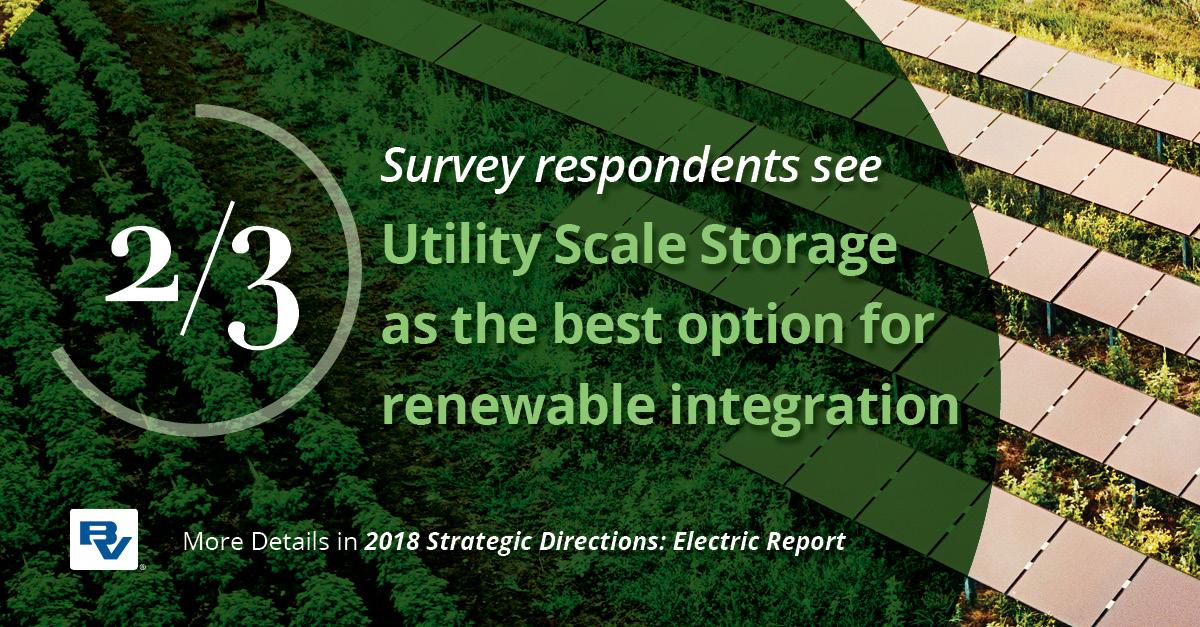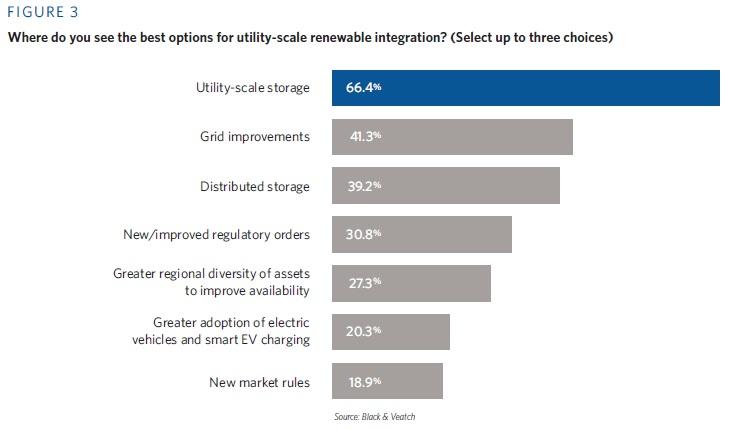Integrating Renewables in the Grid: A Snapshot of Progress
With the right tools and guidance, utilities can manage large-scale renewable integration successfully
Renewable energy has achieved a level of integration in the U.S. power grid that would have been unthinkable 10 years ago. Two recent milestones illustrate how this progress came about.
The first occurred on April 28, 2018, when use of renewable energy on California’s power grid reached 73 percent of demand. Many factors had to fall into place to achieve this degree of penetration: it happened in the spring when wind, hydro and solar output were all high; it was in a state with energy policies that strongly encourage renewables; and it lasted only for an hour or so. But it shows what is possible: that renewables can occupy more than a token spot on the power grid and can even play a leading role.
The second milestone happened in Colorado, where Xcel Energy announced that it had received bids from energy developers to supply solar and wind-generated electricity — with battery storage included — at a lower cost than conventional generation. While Colorado’s supportive regulatory environment helped make this a reality, the major takeaway is that in 2018, renewable energy at utility scale can not only be price-competitive with fossil fuels, but it can even cost less.
U.S. Power Grid More Renewable Ready Than Many ThoughtJust a few years ago, there were predictions that 30 percent of power from renewables was all the grid could easily handle and that anything more would have significant consequences. However, recent events have shown that it is possible to integrate much higher levels of renewable energy without large negative effects. Part of the reason is that the growth has been incremental, typically a few percentage points a year, allowing grid planners to adjust as needed. It’s also because of the emergence of technologies and techniques that help incorporate fluctuating power from renewables into the grid.
With the right tools and guidance, utilities can manage that variability successfully, even on a massive scale.
Facing Down Today's Regulatory, Economic BarriersMany technical challenges (such as forecasting) associated with integrating renewable energy into the grid have been addressed. In addition, prices have dropped sharply — a trend that continues. The result is a different set of challenges than a few years ago, when there was more uncertainty over whether these projects could work, along with concerns over their financial toll.
Every state has a unique set of resources, market structures, energy priorities and policies that affect the economics of a project. Project developers must evaluate this landscape of factors and choose a strategy that makes business sense.
Findings from the 2018 Strategic Directions: Electric Report survey reveal what energy professionals are thinking as they plan and build their renewables projects. When asked to choose the best options for renewable integration, utility-scale energy storage was the preferred choice at 66 percent, with grid improvements a distant second at 41 percent (Figure 1).
The dropping cost of storage technology is good news for utilities because high prices long have been a challenge to integration efforts. Today’s lower costs are enabling much more competitive offerings, as seen in the Colorado example.
It should be noted that there are ways to address intermittency that do not require lots of new equipment, transmission lines or capital. For example, rather than balancing supply and demand hourly, doing it every five minutes or less could be considered. More accurate forecasting of wind and solar output is another option, as is changing the way power producers are penalized or incentivized for over- or under-generation.
While these are admittedly partial measures, changes in rules or polices can help grid operators respond to output fluctuations with minimal investment.
Respondents also were asked what system improvements they recommend. A variety of tools are available to help utilities deal with the variability of renewables, including demand management, storage management, real-time monitoring and rapid cutover solutions to meet a sudden drop in output.
The most popular choice was quick response resources, selected by 56 percent of survey participants, followed closely by load control devices (51 percent) and advanced system control devices (48 percent) (Figure 2).
Utilities typically use a combination of the resources listed. The fact that survey participants are aware of these capabilities is encouraging, suggesting at least basic knowledge of practical details required to make the integration work.
More Progress to ComeTechnology is available that allows large-scale renewables to better integrate into the existing grid while accommodating for the inherent variability. Financial viability is determined on a case-by-case basis by weighing regulations, weather patterns and competition and doing what makes economic sense. Considering the previous uncertainty over whether this integration was even possible, this marks major progress.
More dramatic changes are on the horizon. Some utilities have started long-range planning for 100 percent renewables, looking ahead at what changes will be necessary in 10 or 20 years. To get there, they will have to address a new class of challenges for generating, storing, distributing and managing power without falling back on fossil fuels.




